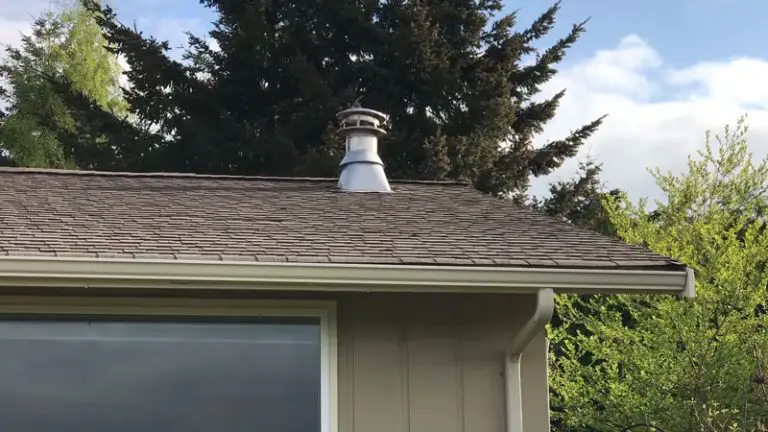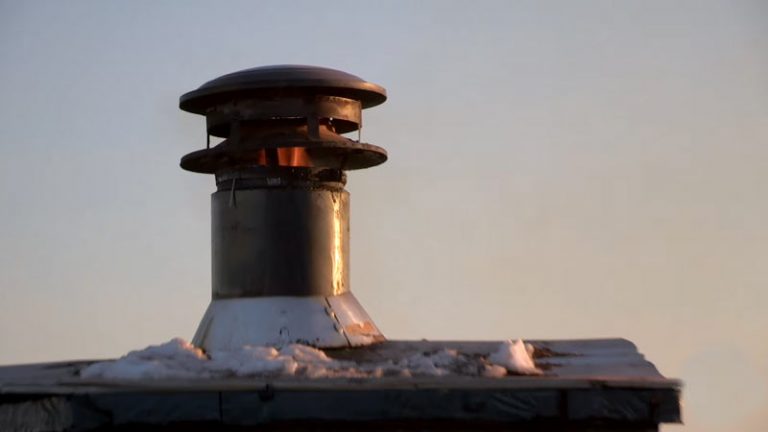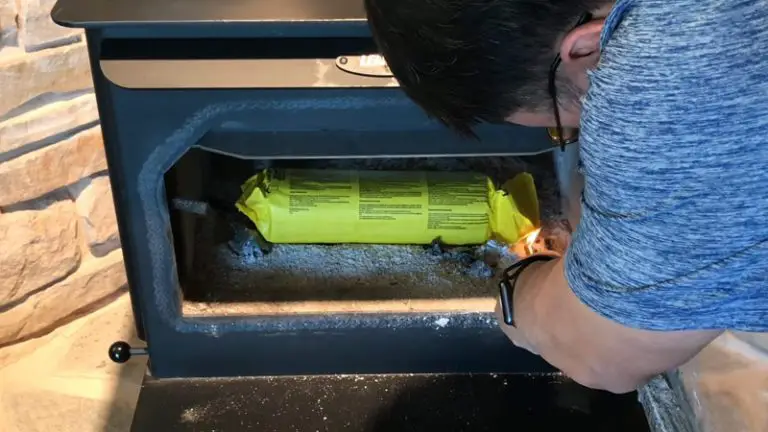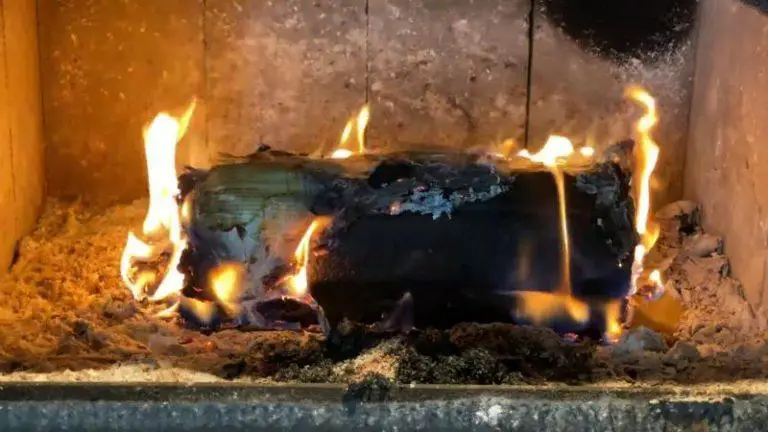What Causes Creosote Buildup
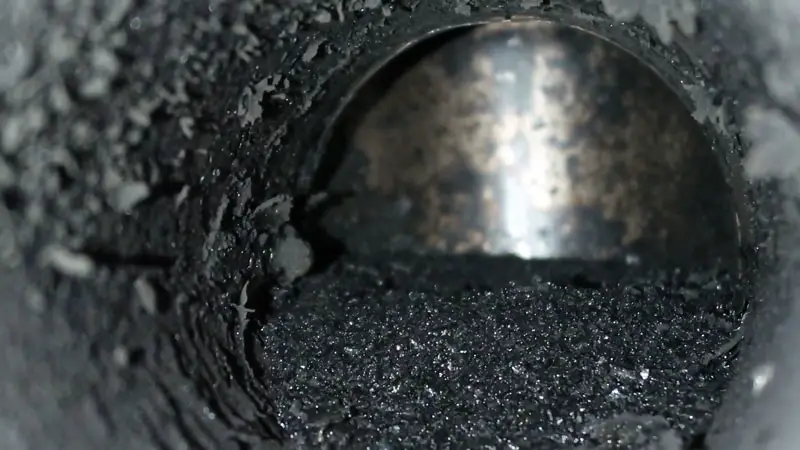
Creosote is created when wood burns and smoke moves up the chimney and out of the home. Creosote residue can get stuck to the inside of a chimney, preventing it from working properly.
You can remove creosote from your chimney with a cleaning solution or pressure washer if it’s getting clogged up. There are different types of creosote, so you’ll need to know which one is causing the problem before removing it correctly.
Make sure to consult an expert if you’re having trouble removing creosote from your Chimney – there may be more than one type present, and each requires a specific approach.
You'll Learn About
What Causes Creosote Buildup?
Creosote is created when wood burns and smoke moves up the chimney and out of the home. Creosote can get stuck to the inside of your chimney, so you’ll need to take action to remove it.
There are different types of creosote, so you’ll need to know what kind is causing your issue before proceeding with removal. You can use a cleaning solution or pressure washer depending on the type of creosote buildup on your chimney liner.
Be aware that not all creosotes require professional help – some can be removed using common household tools.
Creosote is Created When Wood Burns
Creosote is the result of a chemical reaction between the heat and moisture in the wood. This can happen when you use firewood that was not properly dried or seasoned before burning it.
Over time, creosote will build up on exposed surfaces of your wood-burning fireplace, stove, or chimney. The accumulation of this smokeless fuel can cause major damage to your home’s interior and exterior walls and ceilings – even if you’re using an established gas or charcoal grill.
There are several ways to prevent creosote from building up on your wood-fired appliances: proper seasoning, dry weather conditions (avoiding excessive rain), cleaning after each use, and installation of external combustion baffles/separators.
Smoke Moves Up The Chimney And Out Of The Home
Creosote buildup can be caused by a variety of factors, including smoking materials and oils in the home. The smoke moves up the chimney and out of your home as heat from the fire ignite these substances.
There are ways to prevent this build-up, such as installing an effective smoke alarm system or flue cleaning on a regular basis. If creosote does accumulate, it will need to be cleaned before it causes any damage to your property or health problems for you and your family members.
Knowing how creosote accumulation works is essential if you want to keep your home safe and healthy.
Creosote Residue Gets stuck
Creosote buildup can be caused by a number of factors, such as smoking cigarettes in the home or using an open fireplace. The residue gets stuck to the inside of the chimney and causes it to overheat and smoke heavily.
Cleaning the chimney regularly is one way to prevent this from happening, but you’ll need help from a professional if your home doesn’t have access to a fire crew or flue repair services. Another solution is installing special filters that trap debris before it reaches the chimney – this type of system may be more costly, but it could save your home from potential damage down the road.
Finally, make sure you’re monitoring your heating and cooling systems – if there are any signs of creosote buildup, call for assistance right away.
Cleaning Solution Or Pressure Washer
Creosote buildup can occur from a number of sources, such as improper chimney care or smoking in your home. There are various ways to remove creosote from your chimney, including using a cleaning solution or pressure washer.
Make sure you use the right equipment for the job and consult with an expert if needed. Cleaning your chimney is an important step in preventing future creosote build-up. Bear in mind that it may take some time to see results, so be patient and keep up the effort.
Different Types of Creosote
Creosote buildup is a common issue in older homes that suffer from moisture damage. The best way to remove creosote is to use a steam cleaner and appropriate detergent.
If the creosote has hardened, you may need to call an expert for help. You can also try scraping it off with a blade or chisel if it’s just on the wood flooring surface; however, this will likely require more than one attempt due to its stubborn nature.
Always wear protective gear when removing creosote as fire hazards abound.
Will a hot fire remove creosote?
Creosote can be a difficult problem to remove, even with the help of fire. One tried and true method is to burn aluminum cans in a very hot fire–this will emit heat that should loosen creosote deposits.
It’s still necessary to use a chimney brush cleaner after this treatment; don’t try scrubbing it away with your hands. Don’t open the flue during burning; if there is any buildup, allow the flames to consume it before reopening the flue completely.
What wood creates the most creosote?
The most creosote-producing wood is softwood that has been exposed to the elements for a long time. This includes trees such as pine, cedar, and spruce. Hardwoods like oak and mahogany do not create as much of harmful compounds.
Some Hardwoods Are More Difficult To Ignite
Hardwood trees are more difficult to ignite than softwood trees. This is because hardwood contains a higher amount of tannins which make it harder for the flame to reach the wood. As a result, these woods produce more creosote than softwoods when burned.
Some Softwoods More Smoke
Softwood trees also create more smoke when they are burning which causes them to produce more creosote as well. The reason why this happens is that softer woods like fir and pine contain less cellulose fiber which makes it easier for the fire to spread and consume the tree’s tissues quickly.
Why is there so much creosote in my wood stove?
Creosote is a type of tar that can form on the inside of your wood stove. When this happens, it’s difficult for the stove to produce heat and may even start fires.
- There are several reasons why creosote might build up in your wood stove, including improper installation or repair work, smoke from other sources (like cigarettes), and high temperatures.
- There are a few reasons why so much creosote can build up in your wood stove. The most common reason is that you’re using unseasoned firewood. This kind of wood doesn’t have enough time to season properly and therefore contains a high level of moisture which results in the formation of creosote.
- Another issue is that you may not dry your wood fire properly. If it’s left wet, water will enter the stack and create an environment where creosote can easily form. Make sure to completely burn off all the fuel before leaving the oven or stove burning, and use a spark arrestor if possible to help reduce sparks that could cause more problems down the line.
- Finally, keep your chimney clear. If there are any obstructions, smoke from your fireplace will be forced into your home through cracks in ceilings and walls – resulting in increased levels of particulate matter inside your home.
What dissolves creosote?
One of the many things that can dissolve creosote is water. If your car has been in a wet environment, or if the creosote coating on the wood has started to peel away and fall off, it’s possible that water is dissolving some of the chemicals in the creosote.
This will cause them to react with each other and form a black sludge known as the tar.
Clean the area with vinegar
Dissolving creosote is a process that requires time and patience. Vinegar has been known to help clean up creosote-covered areas, but it will only work if the creosote has already started to dissolve.
If you need to remove creosote sooner, use salt water instead. This approach is more natural and won’t damage your property or environment as much as using harmful chemicals would.
Wait for Creosote To Dissolve With Time
The longer the creosote remains on the surface, the harder it will be to get rid of it completely.
It may take some time for the acid in vinegar to start breaking down the chemical bonds in the wood fibers, but eventually, it should be able to do its job well enough that you can move on with your life without worrying about peskycreosotes everywhere.
Use Salt Water
If you want an environmentally friendly way to remove creosotes from your property, try using salt water instead of vinegar or other chemicals.
This method works by dissolving away at the base layer of wood where creosoting occurs and leaves behind a cleaner surface without any potential damage or harm done
Does wet wood create more creosote?
Creosote is a harmful by-product of burning wood and looks black; wet wood can cause an increase in its production. Complete combustion is necessary to minimize the amount of creosote produced; improper stacking and loading of the firewood can lead to a build-up of moisture, which then causes creosote formation.
Proper stoking and proper use of lighters can help prevent moist conditions from developing around the firewood, minimizing the chance for creosote production as well. It’s important to keep your firewood dry at all times in order to avoid unnecessary Creosote accumulation.
To Recap
Creosote buildup can occur in a number of different places, and there are many possible causes. One common cause is when rainwater seeps into crevices and collects grease, oil, or other chemicals from the surface below.
Over time these substances can combine to form a thick film on surfaces inside and outside your home. Creosote buildup can also be caused by improper ventilation, high humidity levels, or a build-up of mold spores. In most cases, it’s best to contact an experienced professional for diagnosis and cleanup.

